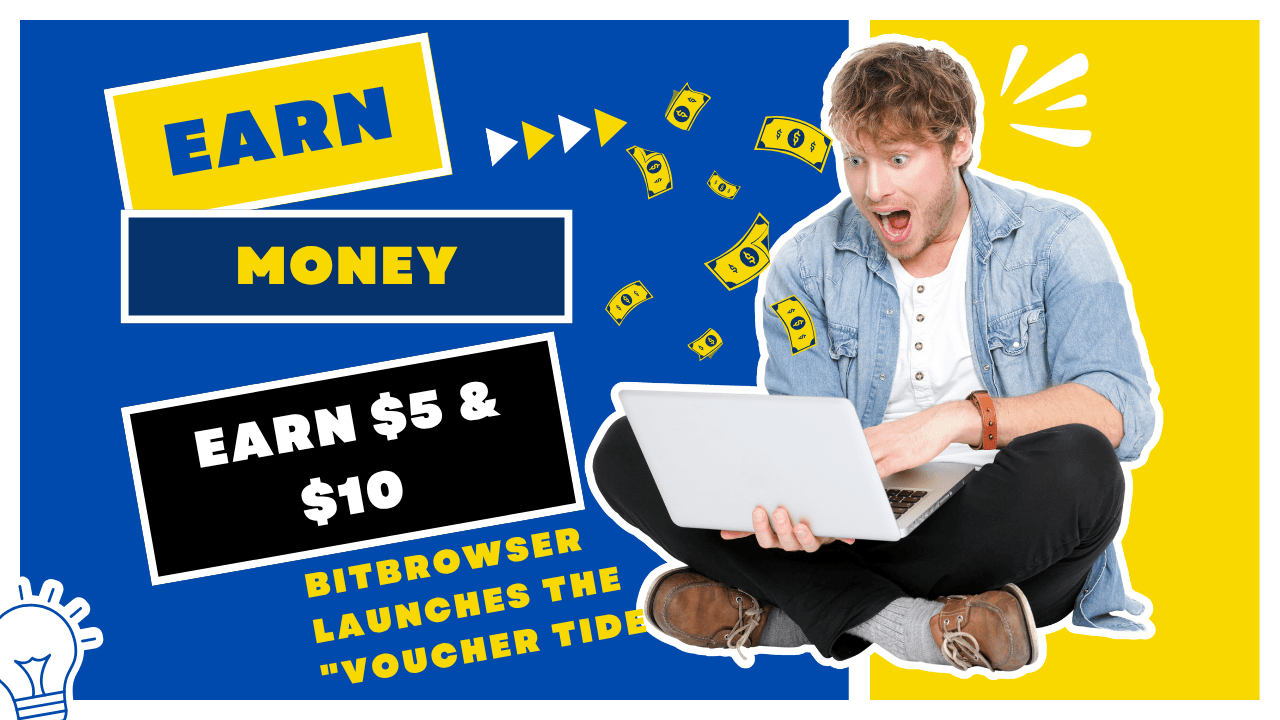


How to promote on Amazon? Sharing various promotion methods
 2025.08.08 10:30
2025.08.08 10:30
As a global e-commerce giant, Amazon is the core stronghold for sellers to expand their business. However, with fierce platform competition, the rationality of promotion strategies and attention to detail directly determine success or failure. Below are optimized promotion methods and key considerations to help sellers efficiently attract traffic while avoiding risks.
I. Core Methods for Amazon Promotion
1. Integrated In-platform Advertising
• Sponsored Products: Use CPC (cost-per-click) ads to display products at the top of search results pages, prioritizing exposure to targeted users.
• Sponsored Brands: Showcase brand logos, multiple products, and custom headlines to reinforce brand awareness, suitable for established brands.
• Sponsored Display: Target users based on their behavior, covering traffic both on and off Amazon (e.g., partner websites, apps), ideal for remarketing.
2. Time-limited Promotions to Drive Conversions
• Lightning Deals: Ultra-discounted promotions lasting 4-12 hours, capturing traffic from Amazon's "Today's Deals" section to quickly clear inventory or boost rankings.
• Coupons: Set up discount coupons to attract price-sensitive users, displayed via labels on search results pages to increase click-through rates.
3. Legally Obtaining High-quality Reviews
• Vine Program: Invite Amazon-verified reviewers to test products for free to obtain trusted early reviews (exclusive to Brand Registry sellers).
• Avoid Illegal Review Solicitation: Strictly prohibit exchanging refunds for reviews. Instead, gently encourage feedback through order follow-up emails.
4. Off-platform Traffic Diversion
• Social Media Marketing: Share product tutorials and discount information on platforms like Facebook and TikTok, directing users to Amazon links.
• KOL Collaborations: Partner with influencers in niche fields for product reviews, leveraging their follower trust to boost conversions.
5. Listing Optimization: Foundation of Conversion Rate
• Titles include core keywords (e.g., "UV-resistant sports earphones"), with images featuring 6+ real-life multi-angle shots highlighting usage scenarios and details.
• Structured Descriptions: Use bullet points to explain features, materials, and target audiences, avoiding lengthy paragraphs.
II. 4 Critical Pitfalls to Avoid in Promotion
1. Budget Overruns and Blind Bidding
• New sellers should start with automatic ads, switching to manual campaigns after data accumulation to adjust bids for high-conversion keywords.
• Daily monitor ACOS (Advertising Cost of Sale). Pause and optimize campaigns if ACOS exceeds product profit margins.
2. Ignoring Platform Policy Redlines
• Strictly prohibit fake orders, ranking manipulation, and review incentives. Violations risk store suspension.
• When participating in promotions, ensure prices meet "30-day lowest price" requirements to avoid application rejection.
3. Association Risks in Off-platform Promotion
• When using social media like Facebook for traffic diversion, multi-account operation is common. However, platforms strictly monitor account associations. Logging into multiple accounts on the same device easily triggers bans—use anti-detection tools for environment isolation.
4. Lack of Data Analysis
• Weekly analyze "search term performance" in ad reports, adding negative keywords (e.g., low-conversion terms) to reduce wasted spend.
• Compare conversion rates of on/off-platform traffic, prioritizing channels with higher ROI.
III. How to Improve Amazon Promotion Efficiency?
Off-platform promotion relies on multi-account matrix operations (e.g., Facebook group posts, KOL collaborations), but manual account switching may trigger platform association flags. BitBrowser resolves this challenge in one stop:
• Independent Environment Isolation: Assign dedicated IPs and browser fingerprints to each account, eliminating cross-login risks.
• Batch Management Efficiency: Simultaneously manage posts and messages across multiple accounts, saving 80% of manual effort.
• Secure Team Collaboration: Support sub-account permission tiers allowing parallel operations between sales and ad teams.
Regardless of promotion investment, compliance is non-negotiable. BitBrowser’s core value lies in maximizing social media matrix traffic efficiency while ensuring security and compliance.
Conclusion:
Amazon promotion requires a dual strategy of "in-platform ads + off-platform traffic," strict compliance, and data-driven operations. Especially for sellers relying on social media traffic, multi-account security management is fundamental for sustainable growth. Leveraging tools and focusing on details ensures long-term profitability amid intense competition.
 BitBrowser
BitBrowser
 Multi-Account Management
Multi-Account Management Prevent Account Association
Prevent Account Association Multi-Employee Management
Multi-Employee Management



